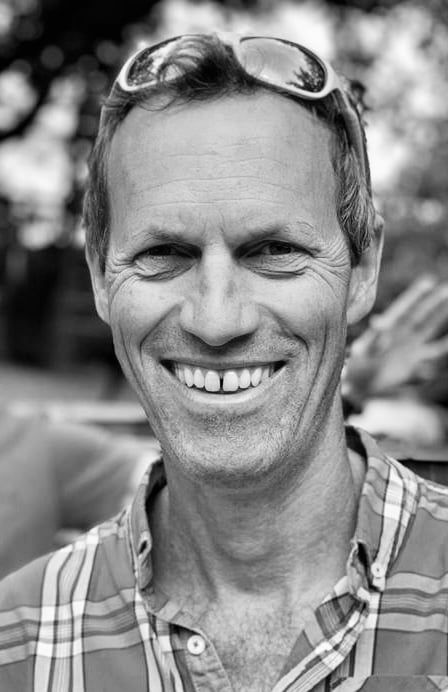Impacts of Ozone Depletion
- Depletion of the layer of ozone (O3) in the upper atmosphere, from 15-30 km high, has the potential to cause ill health and change population
- Ozone is a gas that protects the earth from the Sun’s shortwave ultraviolet radiation (UVR)
- In the 1980s scientists discovered thinning of the ozone layer and holes above Antarctica and the Arctic
- Depletion caused by damage from chlorofluorocarbons such as chlorine, and halocarbons such as bromine
- Heavy industry, fridges and aerosol sprays were the main sources of these gases
- Increased exposure to UVR in humans is a health risk and can lead to increased rates of skin cancer
- Higher rates of melanoma skin cancer at higher latitudes
- In 2020 Australia had 37 incidences of skin cancer for every 100,000 population, compared to a global average rate of 3.4 per 100,000
- Skin cancer is the 17th most common cancer worldwide
- Globally, cases of melanoma skin cancer are predicted to rise by 18% between 2018-2025
- CFC emissions have been reduced by 99% since 196 countries signed the Montreal Protocol in 1987
- A later ammendment at a summit in Copenhagen in 1992 tightened restrictions further
- The layer is recovering but will take another 50 years to fully thicken to original levels
- CFCs are also powerful greenhouse gases, so the reduction in their emissions helps to mitigate climate change

The Effects of CFC Reduction on Predicted Skin Cancer Rates in Northwest Europe
- Another health risk from increased UVR exposure is cataracts
- Cataracts lead to blurred vision caused by the lens of the eye becoming cloudy
- Causes blindness in approximately 20 million people worldwide each year
- The risk of both skin cancer and cataracts can be increased by:
- Geographic location
- Tropical areas have higher levels of UVR, although high latitudes can also be high risk due to less ozone protection
- More exposure in open spaces with reflective surfaces such as sand and snow
- Less exposure in urban areas as there is more shade
- Time of day
- Higher risk of exposure between 10am-2pm when the sun is most directly overhead
- Altitude
- At higher altitudes less atmosphere is available to absorb UVR
- With every 1000m in altitude, UVR levels increase by approximately 10%
- Geographic location
Exam Tip
An exam question on this section could ask you for an assessment or evaluation of these illnesses. If so, try and convey how the impact of rates of skin cancer and cataracts vary over space and time. For example, you could explain where in world the rates are highest, and highlight any differences between the two. Also, you could describe how the rates have changed due to strategies dealing with the root causes.


